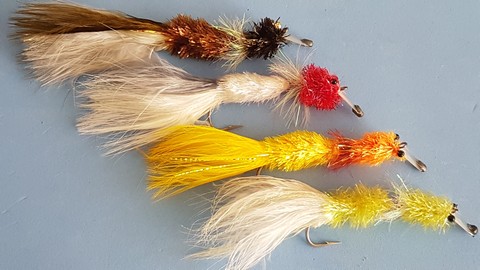Trout flies
{{start}}
{{end}}

{{+1}}Christmas Island Special – chartreuse{{-1}}
{{start}}
In plenty of salt water fisheries the saying "if it's not chartreuse it's not any use" applies so it's no surprise that this fly is included in my top six CXI flies list.{{end}}
{{+1}}Protected: Stephen Chatterton – medical information{{-1}}
{{start}}
There is no excerpt because this is a protected post.{{end}}
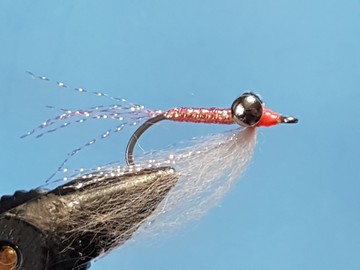
{{+1}}Christmas Island Special – pink{{-1}}
{{start}}
There are a lot of colour combinations of Christmas Island Special (CXI) flies that my mates and I have seen on our various trips to Christmas Island and Aitutaki. Some work sometimes and not others and some work more often than not. This is my list of CXI flies that more often than not consistently work.{{end}}
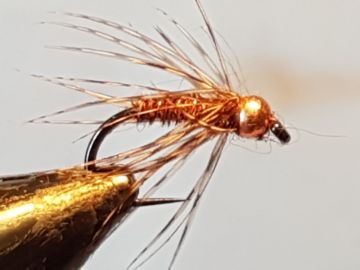
{{+1}}Pheasant tail and partridge TBH spider{{-1}}
{{start}}
If you were to suggest to a North Country (UK) fly fisher that there is such a thing as a tungsten bead head spider they would think your a rod section short of a fly rod.{{end}}

{{+1}}Hackled gold ribbed hares ear{{-1}}
{{start}}
On balance I think it fishes better than the Greenwells Glory. It works equally well on running or still water and is a little more buoyant than the Greenwell Glory and is buoyant enough to support a small bead head nymph in a wet under dry team.{{end}}

{{+1}}Perdigon (Spanish nymph) – gold micro glint{{-1}}
{{start}}
| A streamlined fast sinking fly that will anchor your team. |
Materials
| Hook | Head | Extra weight (optional) | Thread | Tail | Body | Thorax | Coating |
|---|---|---|---|---|---|---|---|
| Hanak 300BL #14 / #16 | 3.0mm / 2.5mm slotted faceted gold tungsten bead | 0.010 lead wire | Fl fire orange UTC UV thread | Coq de Leon Fibres | Brown Micro Glint | Black nail polish | UV Resin and then Varnish. |
Process
| A |
Adding extra weight to the fly.On this fly my preference is to keep the bead size down a little and to add extra weight to compensate for that. |

|
|---|
| B |
|

|
|---|
| C |
|
|
|---|
| D |
|

|
|---|
| E |
|

|
|---|
| F |
|

|
|---|
{{end}}
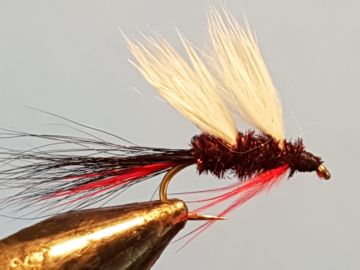
{{+1}}Claret caddis{{-1}}
{{start}}
Any time there are caddis on the wing this fly is worth a swim in the middle position of a team of three loch flies. One of the most important things to remember when tying this fly is not to overdress it ... make sure you can see a gap between the two wings even when the rabbit fur is dry and fluffed out.{{end}}
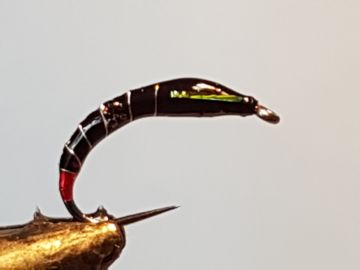
{{+1}}Epoxy midge – black with hot butt & UV cheeks{{-1}}
{{start}}
When Chironomids are around they tend to be around in large numbers and trout become quickly switched on and gorge on them. There are number of techniques to target chironomid feeders and one of my favourite is to fish three chironomid imitations with the heaviest on the point with a long leader on a floating line and fish relatively static. You will be surprised how many fish find your flies.{{end}}
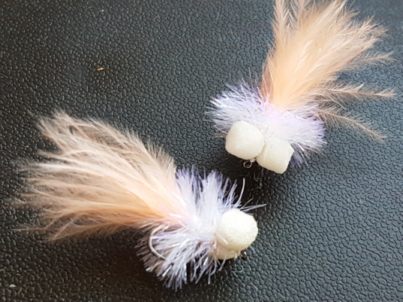
{{+1}}Booby blob{{-1}}
{{start}}
Both boobies and blobs are each tremendous search flies in their own right particularly for stocked rainbow trout. This fly presents the best of both of those worlds and has the head an tail of a booby and the body of a blob. With a little flash in the tail it's one screamer of an attractor pattern.{{end}}














